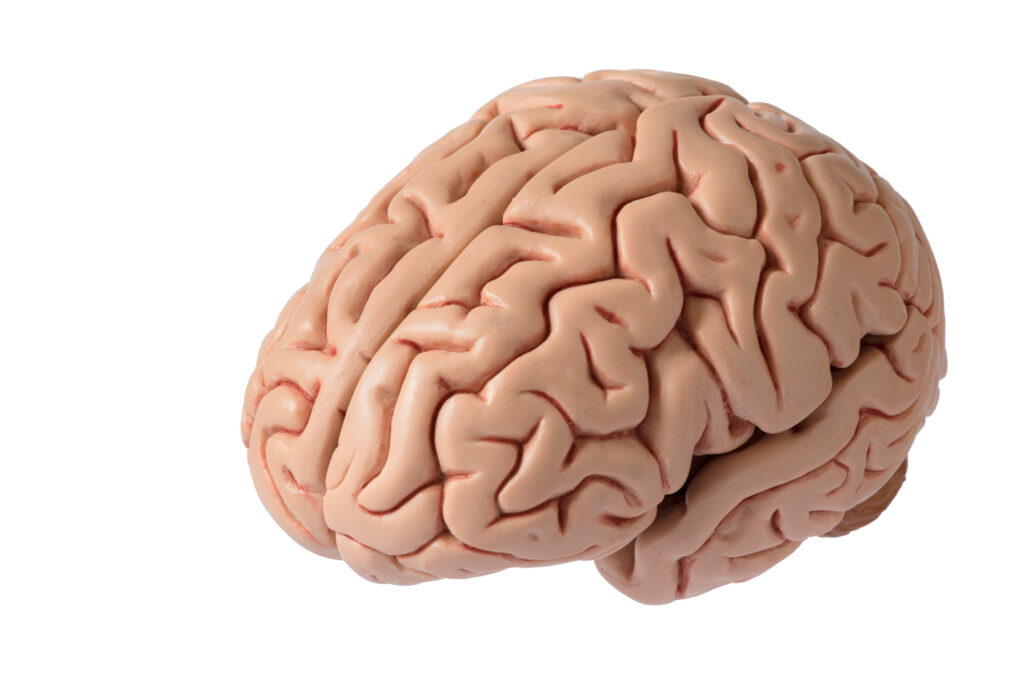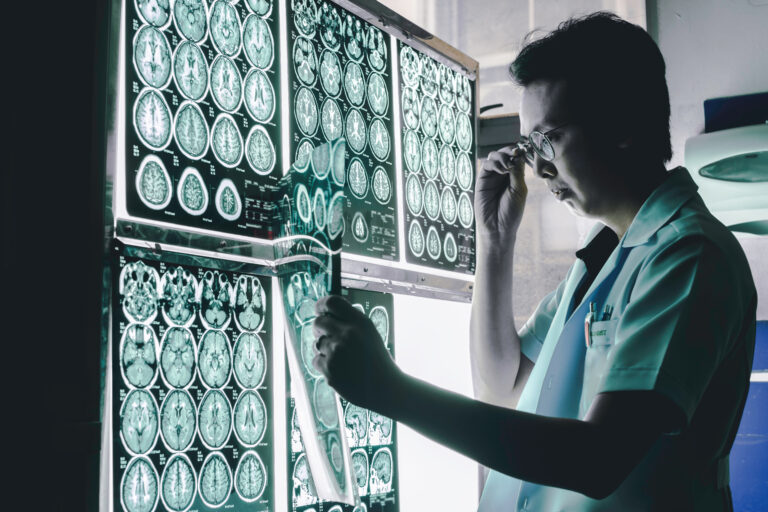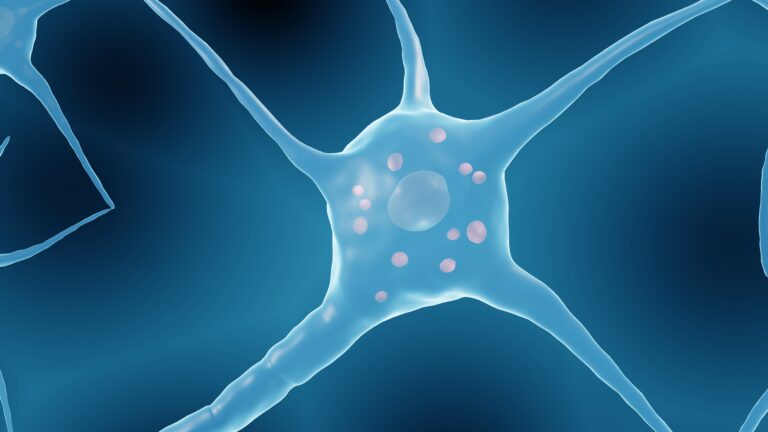
Lewy body dementia (LBD) is a complex and heterogeneous disorder that affects cognitive, physical, and behavioral functions. The disease is characterized by the accumulation of abnormal protein deposits called Lewy bodies in the brain, which can interfere with normal brain function and lead to a decline in cognitive ability and motor skills. The disorder is challenging to diagnose and manage, and ongoing research into the causes and treatment of LBD is necessary to improve the quality of life for those affected by the disease.
The history of LBD can be traced back to 1912 when Dr. Frederic Lewy observed abnormal protein deposits in the brains of Parkinson’s disease patients. However, it wasn’t until the 1990s that the term “Lewy body dementia” was coined to describe a spectrum of disorders characterized by the presence of Lewy bodies in the brain. Today, LBD is recognized as a major cause of dementia, accounting for up to 20% of all dementia cases.
There are two main types of LBD: dementia with Lewy bodies (DLB) and Parkinson’s disease dementia (PDD). DLB typically presents with dementia symptoms, such as memory loss, confusion, and visual hallucinations, while PDD is characterized by the onset of dementia symptoms in individuals who have previously been diagnosed with Parkinson’s disease.
The symptoms of LBD can be divided into three categories: cognitive, motor, and behavioral. Cognitive symptoms include difficulty with memory, attention, and language, as well as visual hallucinations and delusions. Motor symptoms include tremors, rigidity, and difficulty with movement. Behavioral symptoms include changes in mood, sleep disturbances, and fluctuations in cognition.
Diagnosis of LBD can be challenging because of the heterogeneity of symptoms and the overlap with other neurological disorders. The diagnostic criteria for LBD include the presence of cognitive and motor symptoms, the presence of visual hallucinations, and fluctuations in cognitive function. Misdiagnosis of LBD is common, and up to 50% of LBD cases are initially misdiagnosed as other neurological disorders, such as Alzheimer’s disease.
There is no cure for LBD, and treatment is focused on managing symptoms. Medications, such as cholinesterase inhibitors and antipsychotics, can be used to manage cognitive and behavioral symptoms, while levodopa can be used to manage motor symptoms. Non-pharmacological interventions, such as exercise, occupational therapy, and support groups, can also be helpful in managing symptoms and improving quality of life.
Research into the causes and treatment of LBD is ongoing. One area of active research is the role of alpha-synuclein, a protein that is believed to play a key role in the formation of Lewy bodies. Abnormal accumulation of alpha-synuclein in the brain is a hallmark of LBD, and there is interest in the potential use of immunotherapies to target alpha-synuclein and prevent the formation of Lewy bodies.
Another area of research is the use of imaging techniques, such as positron emission tomography (PET) and magnetic resonance imaging (MRI), to aid in the diagnosis of LBD. PET imaging can detect the accumulation of alpha-synuclein in the brain, while MRI can detect changes in brain structure and function associated with LBD.
In addition, there is growing interest in the use of precision medicine to tailor treatment to individual patients based on their genetic makeup and other factors. A recent study found that a variant in the GBA gene, which is associated with an increased risk of Parkinson’s disease, is also a risk factor for DLB. This finding suggests that patients with LBD who carry the GBA variant may benefit from treatment strategies that target this specific genetic pathway.
Lewy body dementia is an extremely complex and heterogeneous disorder that presents a significant challenge for diagnosis and treatment. Ongoing research into the causes and treatment of LBD is necessary to improve the quality of life for those affected by the disease. Advances in imaging techniques and precision medicine offer promising avenues for improving the accuracy of diagnosis and tailoring treatment to individual patients. While there is currently no cure for LBD, effective management of symptoms can significantly improve the quality of life for patients and their families.
How Can You Tell it’s Lewy Body Dementia?
Lewy body dementia (LBD) is a distinct form of dementia that has some similarities with other types of dementia but also some important differences. Here is how LBD compares with some other common types of dementia:
- Vascular dementia: Vascular dementia is caused by damage to blood vessels in the brain, which leads to a decline in cognitive function. Vascular dementia is often caused by stroke or other conditions that impair blood flow to the brain. While both LBD and vascular dementia can lead to cognitive decline, LBD is characterized by the presence of Lewy bodies in the brain, which can also cause motor and behavioral symptoms not typically seen in vascular dementia.
- Parkinson’s dementia: Parkinson’s disease is a neurodegenerative disorder that primarily affects motor function, but can also lead to cognitive decline. Parkinson’s dementia, which is also known as Parkinson’s disease dementia (PDD), is a type of dementia that affects individuals with Parkinson’s disease. PDD shares many of the same motor symptoms as LBD, but typically presents with dementia symptoms later in the disease course.
- Frontotemporal dementia: Frontotemporal dementia (FTD) is a form of dementia that primarily affects behavior, language, and executive function. FTD is caused by degeneration of the frontal and temporal lobes of the brain, which can lead to changes in personality, language difficulties, and poor judgment. While some of the behavioral symptoms of LBD may overlap with FTD, LBD is characterized by the presence of Lewy bodies in the brain, which distinguishes it from FTD.
- Alzheimer’s disease: Alzheimer’s disease is the most common form of dementia, accounting for up to 60-80% of all dementia cases. Alzheimer’s disease is characterized by the presence of beta-amyloid plaques and tau protein tangles in the brain, which can lead to cognitive decline. While both LBD and Alzheimer’s disease can cause cognitive decline and memory loss, LBD is characterized by the presence of Lewy bodies in the brain, which can also cause motor and behavioral symptoms not typically seen in Alzheimer’s disease.
- Huntington’s disease: Huntington’s disease is a rare genetic disorder that causes progressive motor, cognitive, and psychiatric symptoms. Huntington’s disease is caused by a mutation in the huntingtin gene, which leads to the accumulation of toxic proteins in the brain. While some of the motor symptoms of LBD may overlap with Huntington’s disease, LBD is characterized by the presence of Lewy bodies in the brain, which distinguishes it from Huntington’s disease.
References:
- McKeith IG, Boeve BF, Dickson DW, et al. Diagnosis and management of dementia with Lewy bodies: Fourth consensus report of the DLB Consortium. Neurology. 2017 Jul 4;89(1):88-100.
- Williams MM, Xiong C, Morris JC, Galvin JE. Survival and mortality differences between dementia with Lewy bodies vs Alzheimer disease. Neurology. 2006 Jan 10;67(1):193-8.
- Galvin JE, Pollack J, Morris JC. Clinical phenotype of Parkinson disease dementia. Neurology. 2006 Jul 11;67(1):1605-11.
- McKeith IG. Consensus guidelines for the clinical and pathologic diagnosis of dementia with Lewy bodies (DLB): report of the consortium on DLB.
- Goetz CG, Ferman TJ, Boeve BF, et al. Aminergic-cholinergic imbalance in the pathophysiology of dementia with Lewy bodies. Neurology. 2000 Oct 10;55(7):944-50.
- McKeith IG, Ballard CG, Perry RH, et al. Prospective validation of consensus criteria for the diagnosis of dementia with Lewy bodies. Neurology. 2000 Nov 28;54(10):1050-8.
- Beach TG, Adler CH, Sue LI, et al. Multi-organ distribution of phosphorylated alpha-synuclein histopathology in subjects with Lewy body disorders. Acta Neuropathol. 2010 Aug;119(2):689-702.
- Goldman JG, Williams-Gray C, Barker RA, et al. The spectrum of cognitive impairment in Lewy body diseases. Mov Disord. 2014 Aug;29(10):608-21.
- Eisele YS, Monteiro C, Fearns C, et al. Targeting protein aggregation in neurodegeneration: lessons from alpha-synuclein, tau, and amyloid-beta peptide. J Biol Chem. 2015 May 8;290(19):12145-53.
- Kalia LV, Lang AE. Parkinson’s disease. Lancet. 2015 Apr 11;386(9996):896-912.





